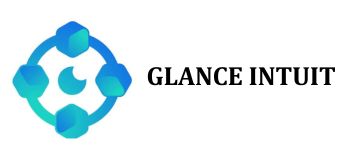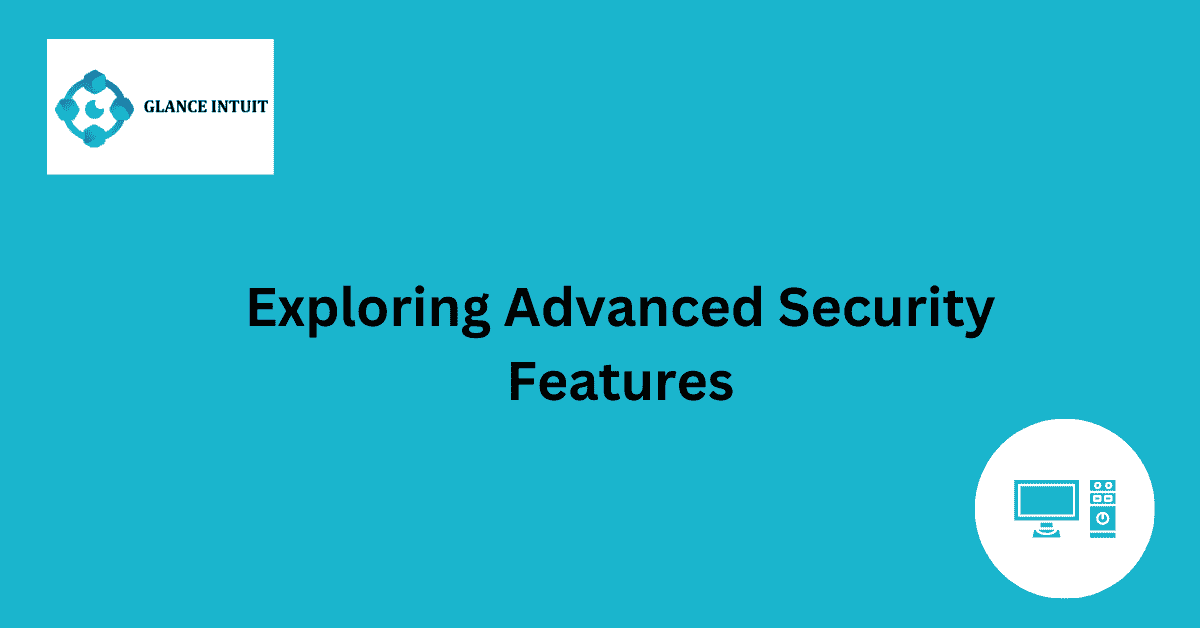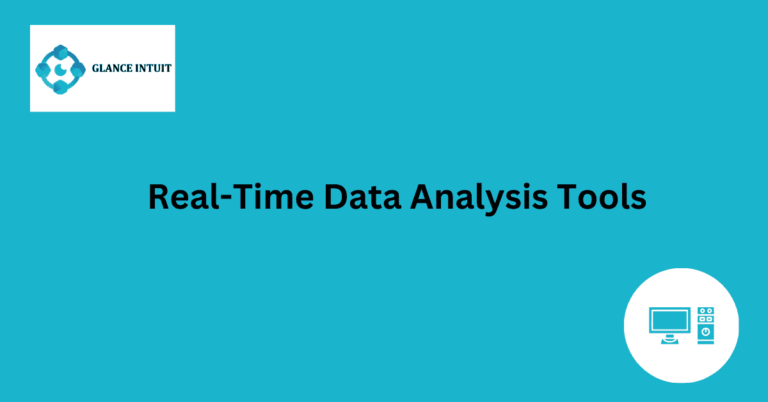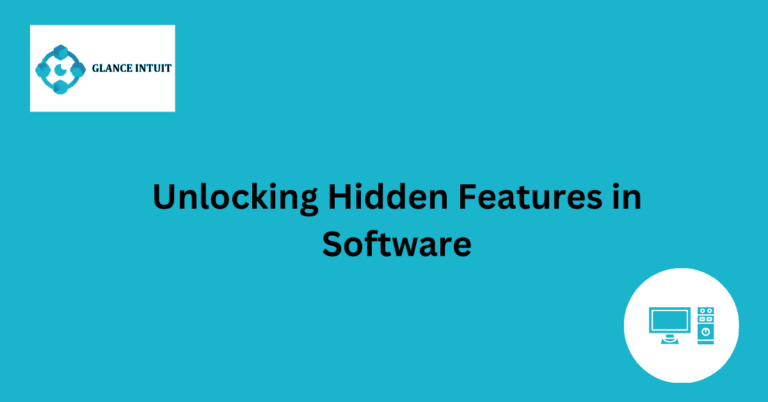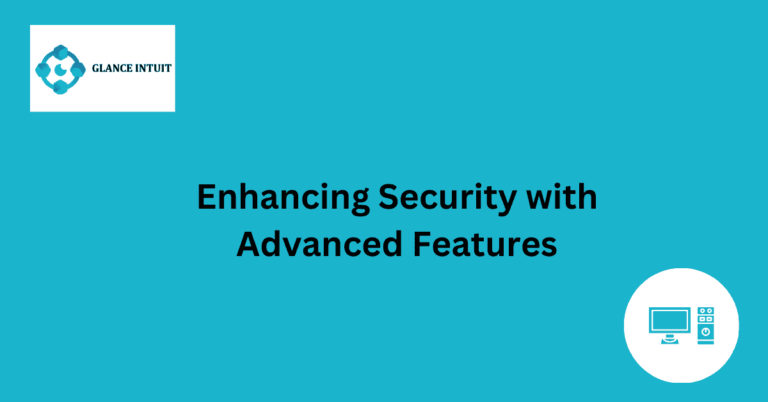Exploring Advanced Security Features
Glance Intuit is proud to offer a deep dive into the world of advanced security features. In today’s rapidly evolving technological landscape, staying ahead of potential threats is crucial for individuals and businesses alike. By exploring the latest advancements in security measures, you can equip yourself with the knowledge needed to protect your valuable data and information.
From encryption protocols to biometric authentication methods, our informative content will shed light on the cutting-edge tools and techniques that can safeguard your digital assets. By understanding the intricacies of advanced security features, you can take proactive steps towards fortifying your online presence and minimizing the risk of cyber attacks. Stay tuned as we unravel the complexities of modern security solutions and empower you to navigate the digital realm with confidence.
Overview of Advanced Security Features
Glance Intuit is proud to offer a deep dive into the world of advanced security features. In today’s rapidly evolving technological landscape, staying ahead of potential threats is crucial for individuals and businesses alike. By exploring the latest advancements in security measures, you can equip yourself with the knowledge needed to protect your valuable data and information.
Encryption Protocols
Encryption protocols play a vital role in securing data by converting it into a format that can only be read with the proper decryption key. Advanced encryption standards such as AES and RSA are commonly used to protect sensitive information during transmission and storage. By implementing robust encryption protocols, organizations can safeguard their data from unauthorized access and ensure confidentiality.
Biometric Authentication Methods
Biometric authentication methods utilize unique biological characteristics such as fingerprints, facial recognition, and iris scans to verify the identity of users. Unlike traditional password-based systems, biometric authentication offers a higher level of security and accuracy. By incorporating biometric technology into access control systems, organizations can enhance security measures and prevent unauthorized access to sensitive areas or information.
Network Intrusion Detection Systems
Network Intrusion Detection Systems (NIDS) monitor network traffic for suspicious activities or anomalies that may indicate a potential breach. By analyzing packet headers and payloads, NIDS can identify and respond to unauthorized access attempts, malware infections, or other security threats in real-time. Implementing NIDS allows organizations to detect and mitigate security incidents before they escalate into major breaches.
Firewall Configurations
Firewalls act as a barrier between internal networks and external threats, filtering incoming and outgoing traffic based on predefined security rules. Configuring firewalls with strict access control policies and intrusion prevention mechanisms can help organizations block malicious traffic and prevent unauthorized access to critical systems. By regularly updating firewall configurations, businesses can maintain strong defense mechanisms against evolving cyber threats.
Vulnerability Assessments
Vulnerability assessments involve identifying and evaluating potential weaknesses in an organization’s systems, applications, or infrastructure. By conducting regular vulnerability scans and assessments, businesses can proactively identify security gaps and prioritize remediation efforts. Addressing vulnerabilities promptly helps mitigate risks and strengthen overall security posture against cyber threats.
Security Incident Response Planning
Security incident response planning involves developing strategies and protocols to effectively respond to security breaches or incidents. By establishing incident response teams, defining escalation procedures, and conducting regular drills and simulations, organizations can streamline their response efforts and minimize the impact of security incidents. A well-defined incident response plan is essential for mitigating risks and restoring normal operations in the event of a breach.
Security Awareness Training Programs
Security awareness training programs educate employees and users about best practices for cybersecurity, such as recognizing phishing attempts, creating strong passwords, and safeguarding sensitive information. By raising awareness and promoting a security-conscious culture, organizations can empower individuals to play an active role in preventing security incidents. Regular training programs help reinforce security policies and foster a culture of vigilance against emerging threats.
Physical Security Measures
Physical security measures encompass strategies and controls implemented to protect physical assets, facilities, and resources from unauthorized access or damage. Examples of physical security measures include surveillance cameras, access control systems, security guards, and biometric entry systems. By combining physical security measures with digital security controls, organizations can create a comprehensive security framework that safeguards both digital and physical assets.
Frequently Asked Questions
Explore the world of advanced security features with Glance Intuit. Our FAQs cover everything you need to know about enhancing your user experience and protecting your data.
What are the key security features offered by Glance Intuit?
Glance Intuit provides a range of advanced security features including end-to-end encryption, multi-factor authentication, and secure data storage. These features work together to ensure the utmost protection for your sensitive information.
How does Glance Intuit protect user data from potential threats?
Glance Intuit employs state-of-the-art encryption algorithms to safeguard user data from unauthorized access. In addition, regular security audits and updates are conducted to stay ahead of emerging threats and vulnerabilities.
Can Glance Intuit be integrated with other security tools for added protection?
Yes, Glance Intuit offers seamless integration with leading security tools and platforms to enhance overall data protection. This allows users to leverage existing security investments while benefiting from the advanced features of Glance Intuit.
What measures does Glance Intuit take to ensure data privacy compliance?
Glance Intuit strictly adheres to data privacy regulations and guidelines to protect user privacy. This includes implementing robust data access controls, anonymization techniques, and regular compliance audits to maintain a high level of data protection.
How does Glance Intuit handle security incidents and breaches?
In the event of a security incident or breach, Glance Intuit follows a comprehensive incident response plan to mitigate the impact and restore security. This includes immediate containment measures, thorough investigation, and transparent communication with affected users.
